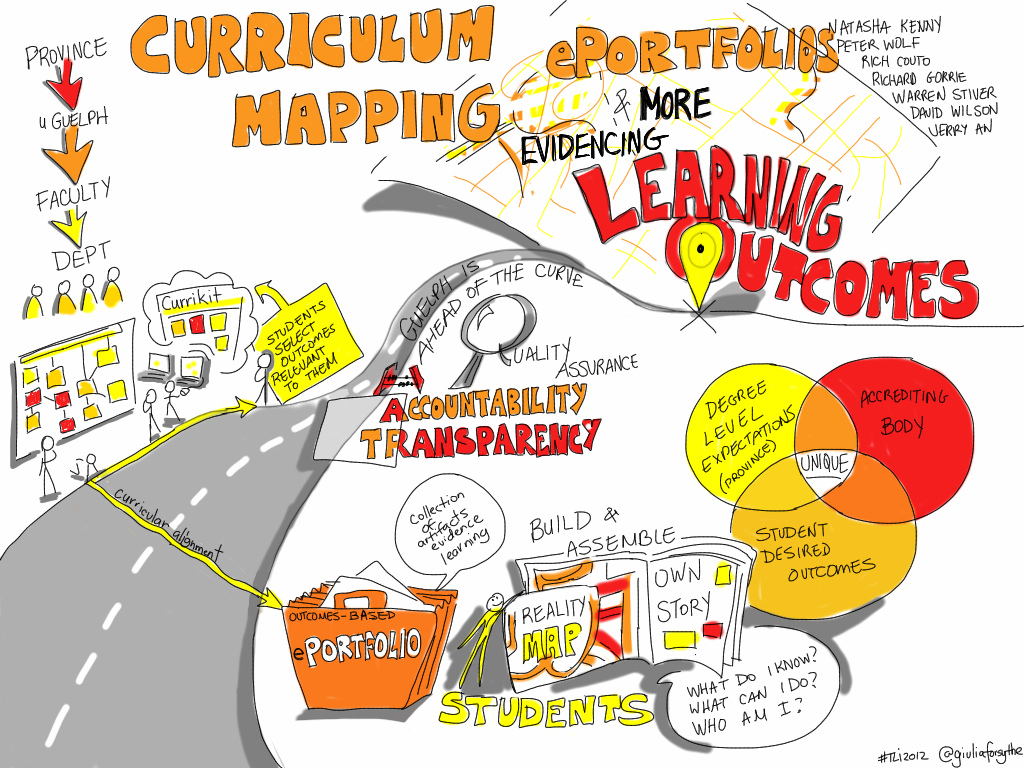7 Degree Level Expectations
“The Undergraduate Degree Level Expectations (UDLEs) and Graduate University Degree Level Expectations (GDLEs) represent the threshold level skills and knowledge Ontario students must demonstrate in order to successfully complete their programs. The Degree Level Expectations form an integral part of Ontario’s Quality Assurance Framework , which establishes the protocols for the approval of new undergraduate and graduate programs and the review of existing programs at publicly assisted universities”. (Excerpt from the Official Degree Level Expectations Website hosted by McMaster University, funded by the Council of Ontario Universities).
What are the Brock DLES?
Brock University has adopted the six DLES as established by Ontario Council of Academic Vice-Presidents (OCAV). See the UDLES and GDLES at http://www.brocku.ca/vp-academic/quality-assurance
Faculties may also identify Faculty specific DLES as an opportunity to articulate outcomes and learning experiences specific to particular disciplines.
What are the benefits of thinking about our curriculum in terms of DLES?
- Describes the outcomes of the degree
- Provides an overall framework that guides curriculum planning
- Provides a framework for evaluating program effectiveness
- Provides documentation for assessing transferability
- Provides a framework for developing appropriate assessments of student learning
- Assists with quality assurance
- Fosters intentional teaching aligned with program/degree goals
- Provides a context for student self-evaluation
- Informs students of the expectations and standards of the degree
- Helps students engage with the course, program and degree
How do we align program outcomes to the DLES?
Curriculum committees might come together to identify program outcomes. In these discussions, it is helpful to ask…
- What are the attributes of an ideal graduate from this program? What knowledge, skills, and values should they have? What do we want a graduate of this program to know or be able to do at the end of the degree?
- How do the knowledge, skills and values align or map onto the six DLES? What abilities (knowledge and skills) are not covered by the six, if any? (This is an opportunity to identify discipline-specific outcomes).
- Where in the curriculum does a student get an opportunity to acquire these attributes or develop these skills? (This then becomes a curriculum mapping opportunity where program outcomes are mapped at the course level).
- What learning /assessment experiences are used to ensure the student has achieved the outcomes?

Mapping the curriculum
Curriculum mapping provides an opportunity to align our course learning outcomes to our program outcomes and to our degree level expectations (DLEs). The image above represents how different levels of outcomes can nest or embed within each other. By looking for alignment between these various levels of outcomes, we can get a sense of what outcomes are being met, where they are being met, and at what level of sophistication. Some outcomes are ‘introduced’ in foundational courses, ‘reinforced’ mid way through the degree, and ‘mastered’ at a senior level. Mapping the curriculum can provide the “big picture” of the student experience and ensure that students are getting the activities and assessments that allow them to be successful in the program.
For additional resources, visit the Centre for Pedagogical Innovation or the Curriculum Resource Page and the Brock University’s Guide to Curriculum Mapping.

